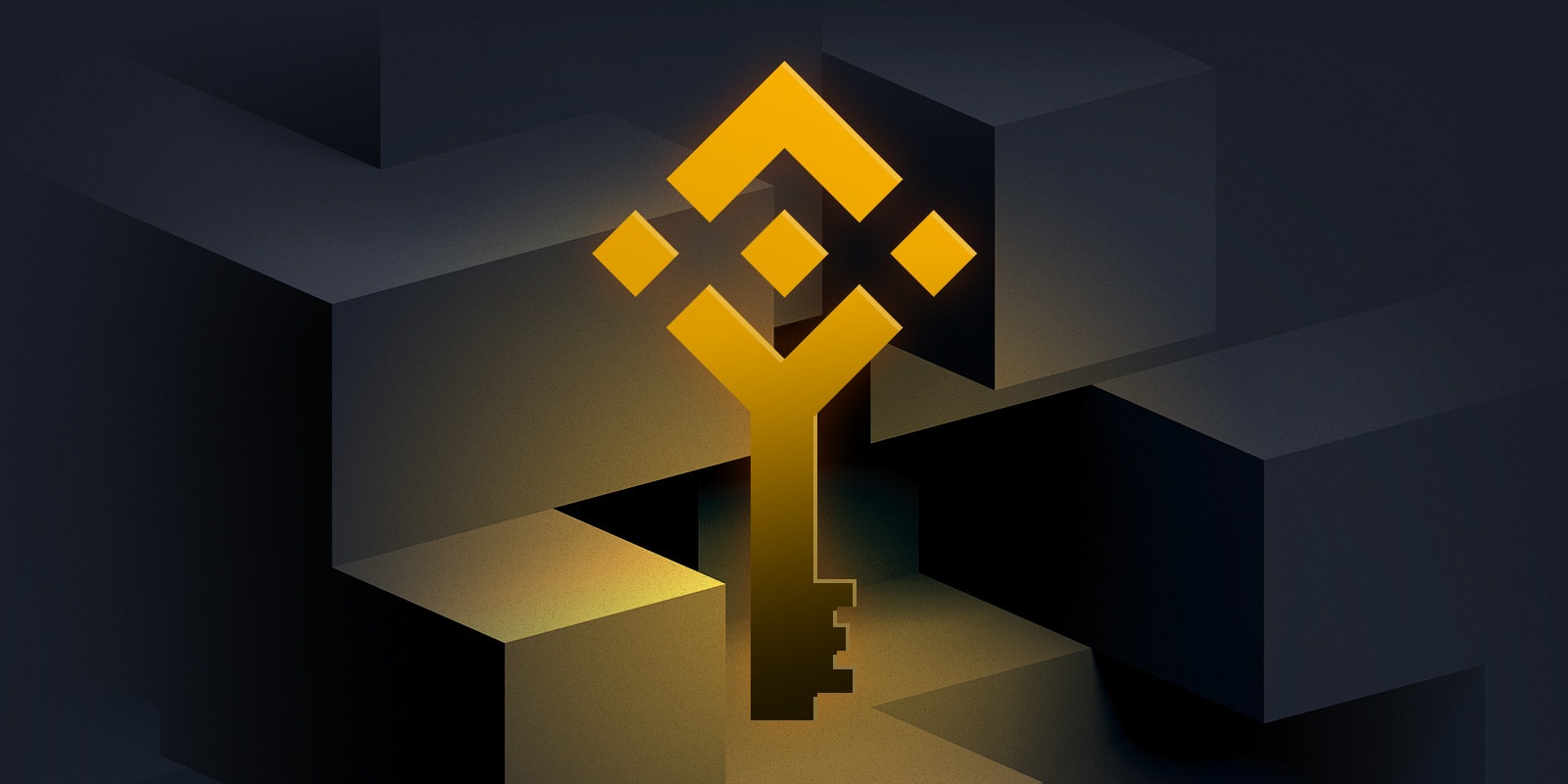The public Blockchain space has grown tremendously over the past few years, resulting in several options for the development of decentralized applications. Ethereum, being the first Blockchain platform to introduce smart contracts, is the most popular option on the list. However, the growing number of applications and users on Ethereum has resulted in considerable network congestion leading to low scalability and high transaction fees.
The Binance Smart Chain comes not only as an alternative to Ethereum but also as a prominent Blockchain platform for accommodating decentralization and scalability. Binance Smart Chain is a part of Binance’s dual chain architecture. It is an independent chain that allows the development of decentralized applications such as decentralization exchanges.
However, being a part of a dual chain architecture means that it works along with the Binance Chain, which supports high-frequency trading. For this reason, to get started with BSC, it’s important to first familiarize yourself with what Binance Chain is.
What is Binance Chain and how does it work?
Binance is one of the most popular cryptocurrency exchanges in the world with an average trading volume of USD$2 billion dollars and 1,400,000+ transactions per second.
The technology behind this exchange is the Binance Chain, a community-driven project.
Initially initiated by the Binance community in April of 2019, the main purpose of the project was to bring more flexibility to cryptocurrency traders. Since then, the project has grown much beyond that. Binance chain has become the people’s platform as it allows them to raise money or liquidity for their projects.

One of the features that make Binance Chain so popular is its instant transaction facility. Blockchain has a one-second block time which allows the network to complete transactions much faster, as compared to other Blockchains.
The algorithm used in the Binance chain is the Proof of Staked Authority or PoSA. According to this consensus algorithm, a participant holding BNB and Binance coin becomes a validator on the Binance chain. This means that the owner of BNB tokens can validate transactions and earn a transaction fee in return.

Furthermore, the Binance chain has pegged cryptocurrencies which means that a token on Binance is like a reference to the original token. For instance, 1 BTCB bought on Binance is representing the purchase of 1 BTC. Also, it provides support for various wallets such as Metamask, Trust Wallet, and Trezor.
Binance chain has been developed specifically to facilitate the seamless transfer of digital assets. However, with the rise of De-Fi and the rising demand for decentralized applications, the Binance Chain has faced several challenges, one of which being network congestion.
This is exactly why Binance Smart Chain was introduced. Users can now develop or enjoy secured and optimized Dapps (Decentralized Finance Applications) on the Binance Smart Chain while enjoying the exchange of digital assets on the Binance Chain.
Binance Smart Chain Explained
Binance Smart Chain can be thought of as an extension to the Binance Chain because it complements the existing ecosystem of Binance. In essence, Binance Smart Contract is where the smart contract-based applications run and connect with the Binance Chain to facilitate the transfer of digital assets.
Given the nature of the ecosystem, most decentralized applications built on top of Binance Smart Chain require a high volume of trading cryptocurrency which is why the cross-chain compatibility with the Binance Chain becomes the cause of its success and popularity.

This cross-chain compatibility is made possible with the token standard of both the Binance chain and the Binance Smart Chain.
The tokens on Binance Chain are of BEP2 standard that can be exchanged with the tokens on the Binance Smart Chain, which are of BEP20 standard.
Furthermore, Binance Smart Chain is also compatible with the Ethereum Virtual machine. This means that the applications built on top of the Ethereum platform can be easily migrated to the Binance Smart Chain. In addition, it means that any Ethereum developer can quickly get started with development on Binance Smart Chain directly, allowing for more versatility and flexibility.
Benefits of Binance Smart Chain
- Decentralized and power-saving — The Binance Smart Chain consensus algorithm is neither power-consuming nor prone to centralization. It is a variation of the Proof of Stake consensus algorithm that allows the network to be more decentralized and the transactions to be validated easily.
- Binance Smart Chain governance — This is achieved through a governance chain; where the governance model allows the addition of trading pairs in the Binance ecosystem by any user who holds the BNB tokens.
- Easy crypto conversion — Binance bridge is another astonishing feature of the Binance Smart Chain that allows the creation of wrapped tokens. This means that any major cryptocurrency can be converted into a wrapped token to be used in the Binance Smart Chain ecosystem.
- Short block time — Binance Smart Chain is a high-performing Blockchain platform because of its short block time and cross-chain compatibility with the Binance Chain.
- Easily compatible — Binance Smart Chain is EVM compatible which allows it to accommodate Ethereum-based applications. This is also applicable in reverse wherein any application built on top of Binance Smart Chain can be migrated to the Ethereum network, allowing a huge user and developer base.
- Faster transaction speeds — Binance Smart Chain works in a dual-chain architecture that allows it to fulfill modern financial requirements without the trade-off of security or scalability. It leverages the Binance Chain to facilitate the financial transactions, while the smart contract functionalities run on the Binance Smart Chain. This offers more speed to the ecosystem while offering fewer transaction fees.









